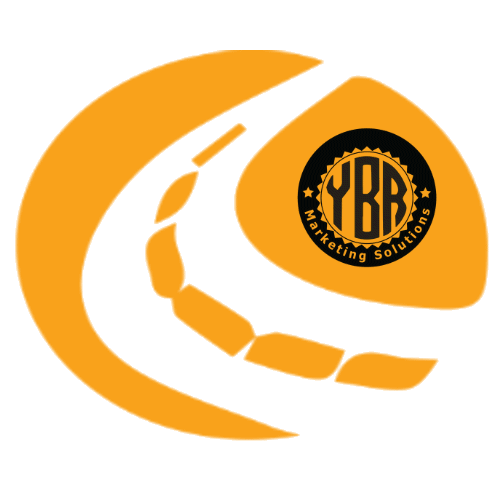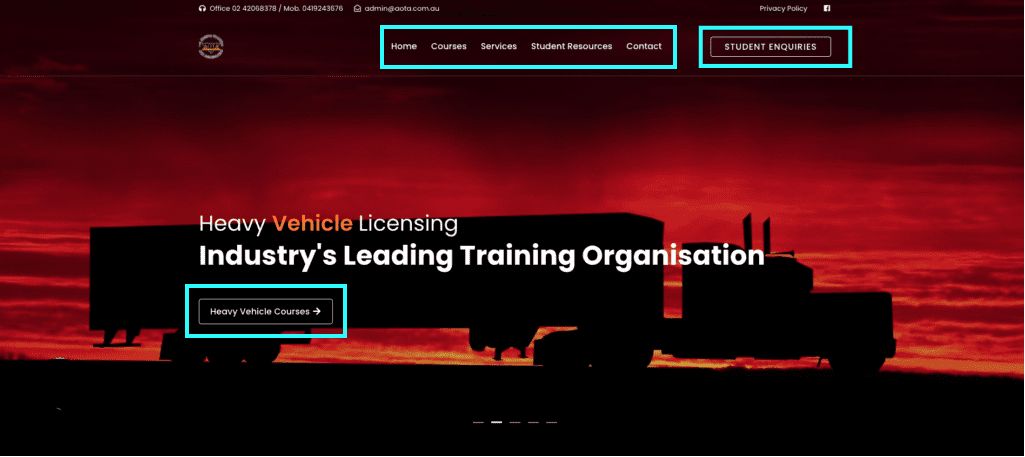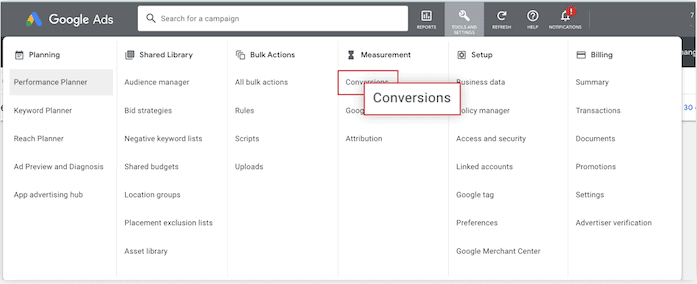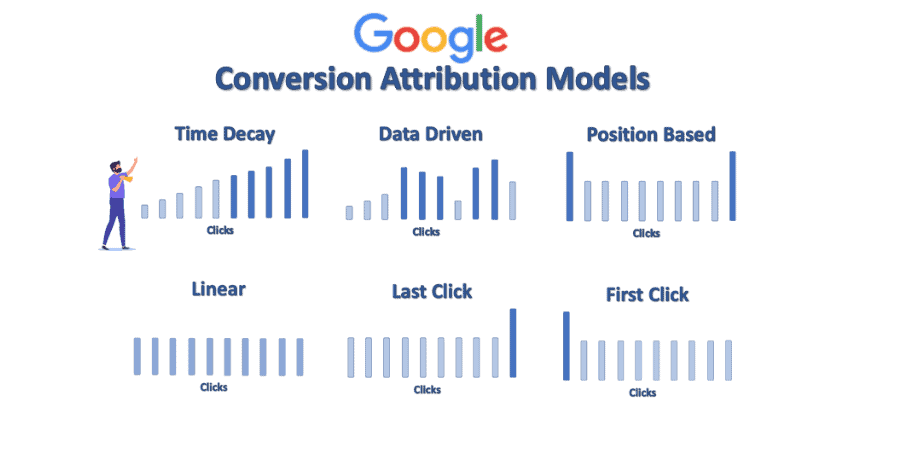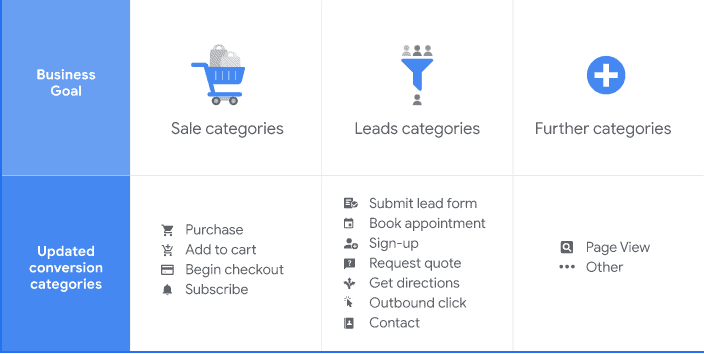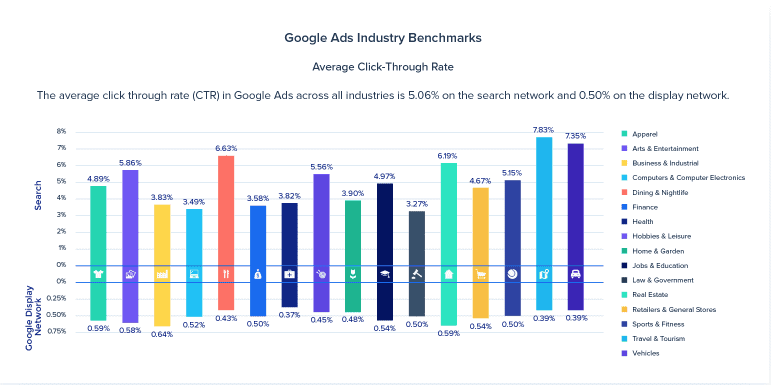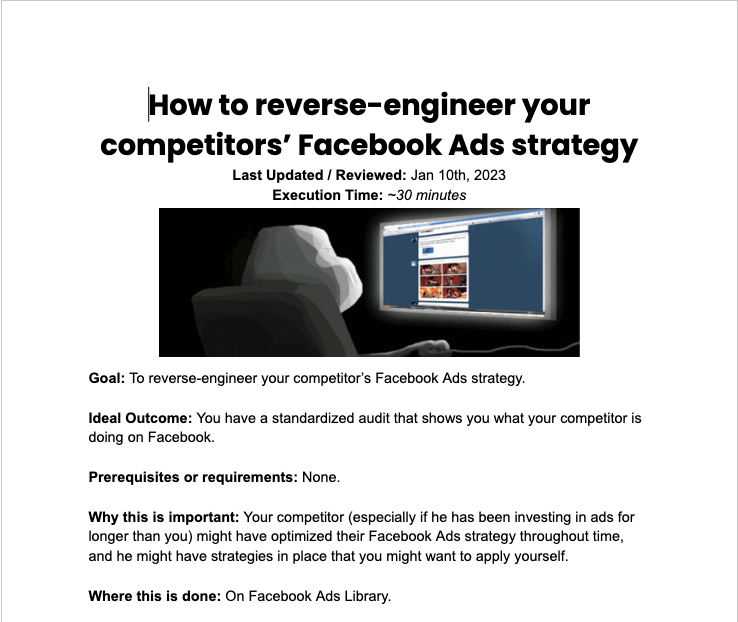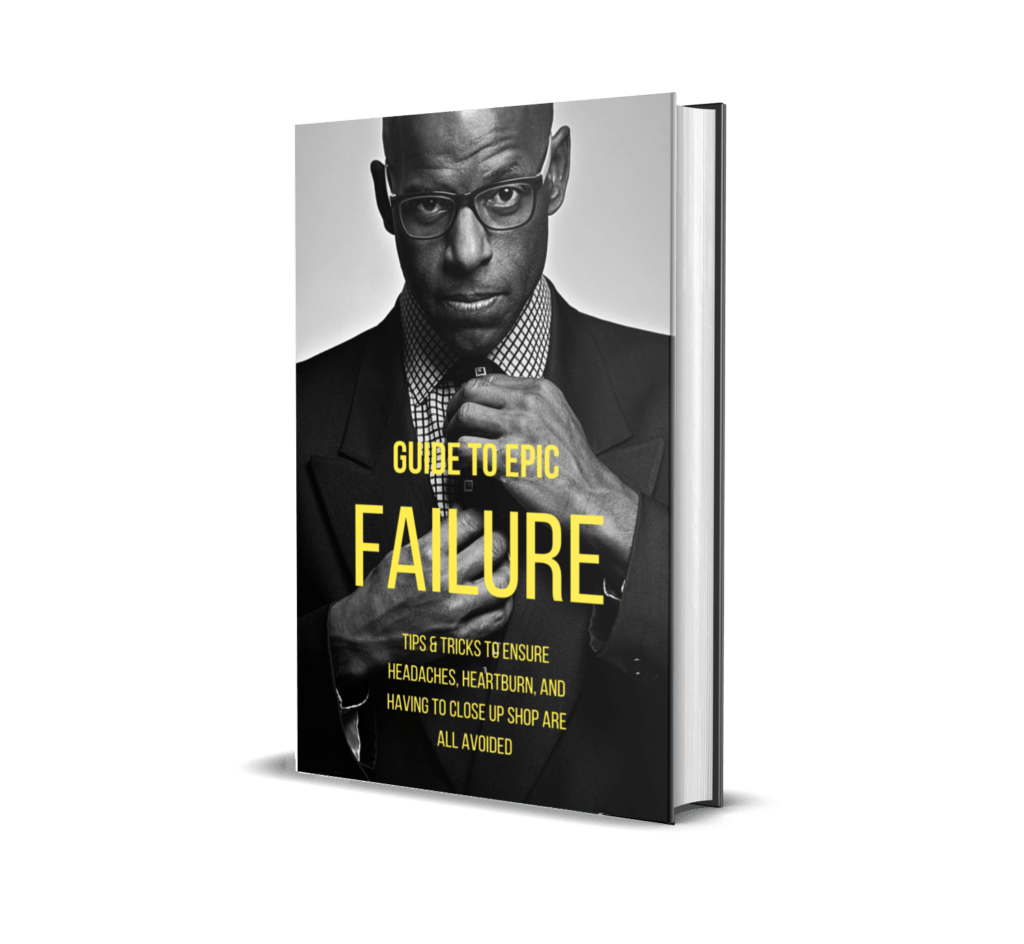
How SeniorPreneurs are Changing the Business Landscape in Australia
The New SeniorPreneur
Retirement doesn’t have to mean the end of your career. In fact, a growing number of seniors in Australia are becoming entrepreneurs, starting successful businesses and making their mark in the business world. These SeniorPreneurs are proving that age is just a number when it comes to entrepreneurship.
Who are SeniorPreneurs?
Many SeniorPreneurs are motivated by a desire to create something meaningful, or to solve a problem they have encountered in their own lives. They may also be driven by a desire to stay active and engaged in their communities, or to supplement their retirement income. Whatever their motivations, SeniorPreneurs are an important and growing segment of the Australian business landscape.
Why are SeniorPreneurs on the rise in Australia?
There are several reasons why SeniorPreneurs are on the rise in Australia. Firstly, the aging population means that there are more individuals over the age of 50 who are looking for ways to stay active and engaged in the workforce, and starting a business can be a great way to do this, as it allows individuals to use their skills and experience in a new and exciting way.
Finally, advances in technology and changes in the business landscape have made it easier for individuals to start and run their own businesses, regardless of their age.
What challenges do SeniorPreneurs face?
While SeniorPreneurs are proving that age is just a number when it comes to entrepreneurship, they still face some unique challenges. One of the biggest challenges is access to funding, as many investors may be hesitant to invest in older entrepreneurs.
Additionally, SeniorPreneurs may face age discrimination in the workforce, which can make it difficult to find clients or customers. Finally, balancing the demands of running a business with other responsibilities, such as caring for family members or managing health issues, can also be a challenge for SeniorPreneurs.
Another challenge that SeniorPreneurs may face is keeping up with technology and digital marketing. Many older entrepreneurs may not have grown up with the same level of technology as younger generations, which can make it difficult to navigate the digital landscape. However, there are resources available to help SeniorPreneurs learn and adapt to new technologies, such as online courses and mentorship programs.
It’s important for SeniorPreneurs to stay up-to-date with the latest trends and tools in order to remain competitive in their industries.
Despite these challenges, SeniorPreneurs are proving that age is just a number and that they have a wealth of knowledge and experience to bring to the table.
Success stories of SeniorPreneurs in Australia.
Another inspiring SeniorPreneur success story is that of John Ilhan, founder of Crazy John’s mobile phone stores. Ilhan started the business at the age of 33 and grew it into a multi-million dollar company with over 120 stores across Australia. Sadly, Ilhan passed away in 2007, but his legacy lives on as a testament to the potential of SeniorPreneurs in Australia. These success stories and others, show that age should not be a barrier to entrepreneurship and that SeniorPreneurs have a wealth of experience and knowledge to bring to the business world.
How can aspiring SeniorPreneurs get started?
One of the first steps for aspiring SeniorPreneurs is to identify their passions and skills. This can involve reflecting on past experiences, hobbies, and interests to determine what they are truly passionate about. From there, they can explore potential business ideas that align with those passions and skills.
It’s also important for SeniorPreneurs to seek out resources and support, such as mentorship programs, business incubators, and networking events specifically geared towards older entrepreneurs. These resources can provide valuable guidance and connections to help SeniorPreneurs get started and grow their businesses. SeniorPreneurs should have a solid understanding of the market they are entering and develop a strong business plan. With the right attitude, determination and guidance, SeniorPreneurs can successfully launch and grow their own businesses and make a positive impact in their communities and to their bank balance.
Whether you’re a start-up and need to grow your existing business, or have an established company that is looking to get past a plateau, YBR Marketing will create a customized growth strategy for you. With our SaaS Growth Strategy we’ll show you how to profit from your unique perspective and experience.
We’re seniorpreneurs ourselves. We know what you need to start, grow your business and get to the next level. We are the quiet partner behind highly successful SeniorPreneurs and we want to be the same partner for you, through our Seniors as a Service (SaaS) Strategies. Like to learn More? Contact one of our SaaS professionals today!
“Dedicated to your business success”
John

